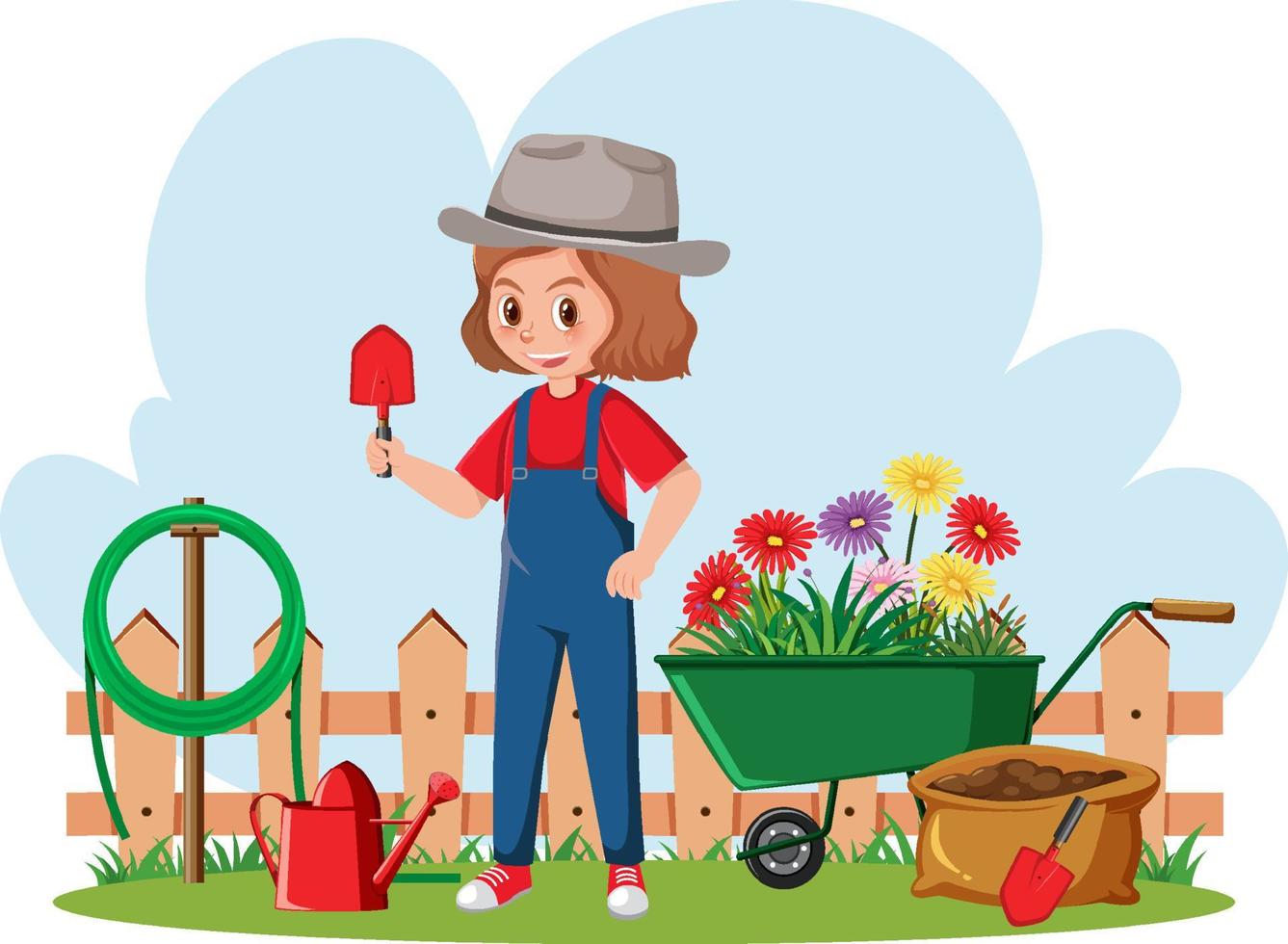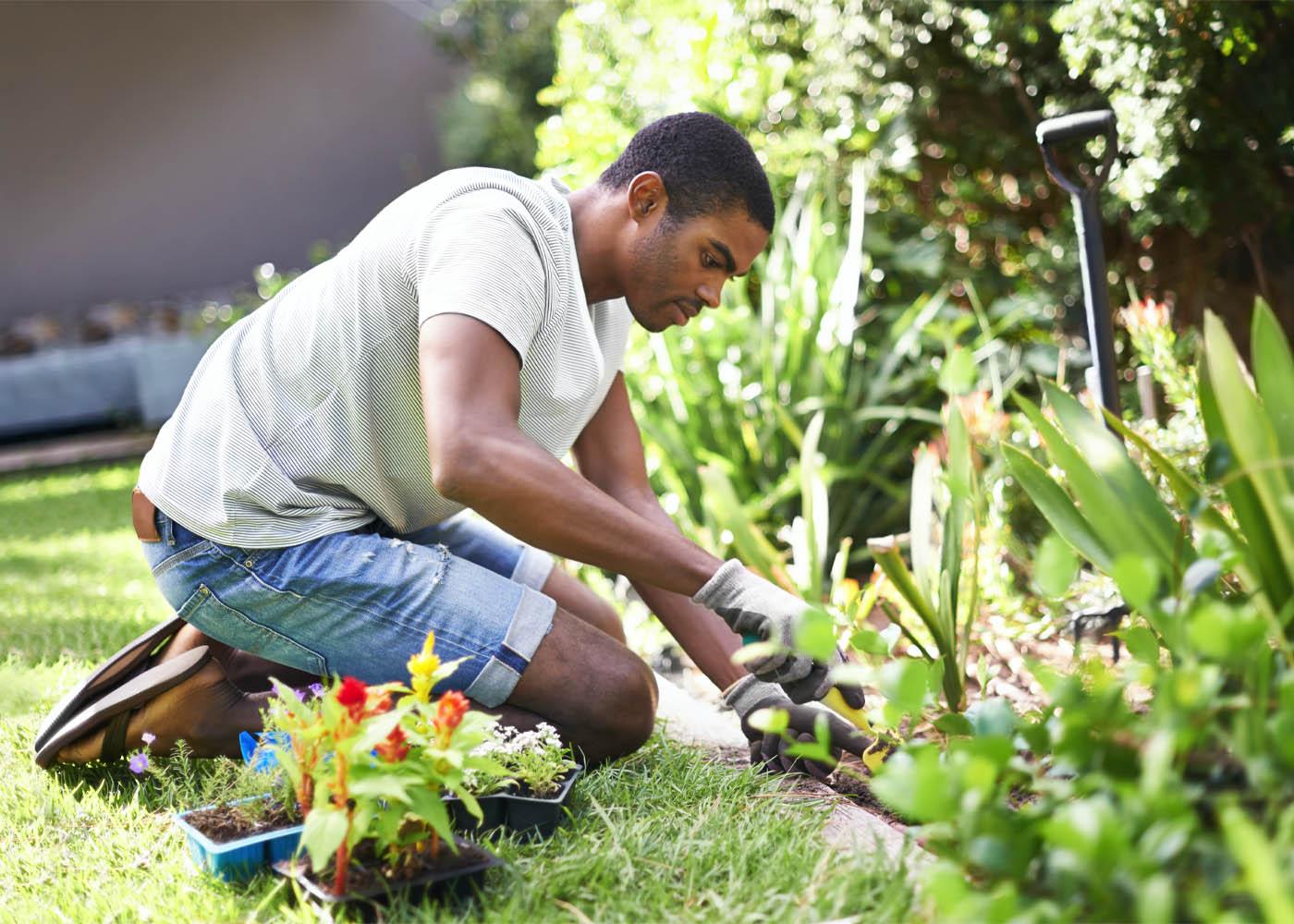Gardening 101: Structure Your Ultimate Gardening Kit for Beginners
Wiki Article
The Ultimate Guide to Horticulture for Beginners: Detailed Tips and Strategies for Expanding a Prospering Yard
From understanding your garden space to selecting the right plants and preparing the dirt, we have actually got you covered. Obtain all set to release your eco-friendly thumb and create a beautiful, flourishing yard.Recognizing Your Yard Area
Comprehending your yard room is crucial for developing a thriving garden. This will help you figure out which plants will grow in each location. gardening tools for beginners.Next, evaluate the dirt in your yard. Is it sandy, clay-like, or loamy? Recognizing your soil type will lead you in picking the right plants and carrying out proper soil changes. Furthermore, think about the drainage of your garden. Is it vulnerable to waterlogging or does it drain swiftly? This details will aid you make educated choices regarding watering and plant positioning.
These are small areas that may differ in temperature level or dampness levels contrasted to the remainder of your yard. Use these variations to your benefit by growing heat-loving or moisture-loving plants in these areas.
Selecting the Right Plant Kingdoms

Next, consider your horticulture goals and preferences. Are you wanting to grow veggies, flowers, or a mix of both? Do you prefer low-maintenance plants or are you going to place in extra effort for high-yield plants? Think of the quantity of time, power, and sources you want to invest in your yard.
Additionally, take into consideration the room offered in your yard. Take measurements and plan the format of your plants. Think about the mature size of each plant and make sure they have enough space to expand without congestion each other.
Lastly, think of the functionality of your plant options. gardening for beginners. Will you have the ability to supply the required care and upkeep for your picked plants? Take into consideration factors such as watering, fertilizing, pest control, and pruning
Preparing the Dirt for Planting
Once you have picked the appropriate plants for your growing yard, it's time to study the crucial task of preparing the soil for growing. Prior to you begin excavating, it's essential to evaluate the high quality of your soil. Take a sample and test its pH levels, as various plants thrive in different pH ranges. If required by including lime to elevate it or sulfur to reduce it., change the pH.:max_bytes(150000):strip_icc()/GettyImages-165831199-56d751df3df78cfb37da972c.jpg)
When the dirt is all set, create furrows or openings for growing. The deepness and spacing will depend upon the specific demands of your chosen plants, so describe the seed packets or plant tags for support. Delicately position the plants in their designated areas, making certain that the roots are covered with soil. Securely press the dirt around the base of each plant to get rid of any type of air pockets.
Finally, water the recently planted area thoroughly. This will certainly help resolve the soil and give the plants with the dampness they need to establish themselves. As you water, beware not to remove the soil or damages the delicate plants. With proper soil prep work, your yard will certainly be well-equipped to support the growth and success of your plants.
Watering and Fertilizing Methods
After preparing the dirt for growing, it's vital to recognize effective watering and feeding methods to make sure the health and development of your yard. One means to gauge if your plants need watering is by sticking your finger regarding an inch into the dirt. When watering, objective for the base of the plants, as wetting the fallen leaves can urge diseases.Maintaining a Healthy Yard
To maintain a healthy garden, you need to consistently examine your plants for indications of parasites or illness. By doing this, you can capture any problems at an early stage and take the necessary actions to stop them from causing and spreading out damages to your whole yard. Try to find any type of uncommon spots on leaves, yellowing or wilting foliage, or holes in the leaves, as these could be signs of pests or conditions. If you discover any one of these signs, it is essential to take immediate action.One method to deal with bugs is by utilizing natural solutions such as insecticidal soaps or neem oil. These are efficient in regulating common pests like aphids, mites, and whiteflies without damaging helpful pests. An additional technique is to encourage valuable insects like lacewings and ladybugs, which feed upon garden insects. Growing blossoms such as daisies, sunflowers, and marigolds will draw in these valuable bugs to your yard.
In addition to pests, conditions can likewise affect your plants. To avoid the spread of conditions, it is essential to exercise excellent garden health. This includes getting rid of any type of contaminated plants or leaves, disinfecting your gardening devices, and staying clear of over-watering. Appropriate spacing in between plants and excellent air flow can additionally aid protect against the spread of illness.
Conclusion
Finally, horticulture can be a fulfilling and meeting hobby for novices. By comprehending your garden area, selecting the right plants, preparing the dirt, and carrying out proper watering and fertilizing techniques, you can produce a thriving garden. Keep in mind to preserve its health by regularly having a tendency to it. With perseverance and commitment, you'll quickly be appreciating the elegance and bounty of your very own flourishing yard. Pleased gardening!Use these variants to your benefit by growing heat-loving or moisture-loving plants in these areas.

Report this wiki page